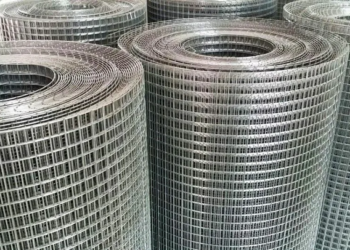The diversified group includes developing, growing cities. In five years, the number of people employed in them has increased by more than a quarter. Large and small multi-sectoral cities are considered separately, since, despite the similarity of the economic structure, in terms of the economic and technical level of production, these cities are often antipodes. Growing cities are not only diversified, but usually multifunctional. These are large administrative centers concentrating enormous production power, centers of science, culture and personnel training. They combine all the functions of smaller cities and, moreover, serve a vast territory in a special, only inherent in them, circle of economic ties — the circle of the «upper class». None of the other types of cities under consideration has such a versatility of functions. Each step in the hierarchy of cities, as well as various territorial units, is characterized by a certain level of complexity of the economy. Diversified cities, large and small, can be called complex. But the complexity in the development of the economy is achieved in the first case on the basis of a large, technically developed industry, and in the second, on the basis of a small and often technically backward production. This, in turn, is associated with differences in the level of employment and the migration balance of cities. For every thousand inhabitants of big cities, there were 20 people of mechanical growth, and small ones — only 8. For every 100 arrivals, there were 91 people who left small cities and only 73 from large cities..








